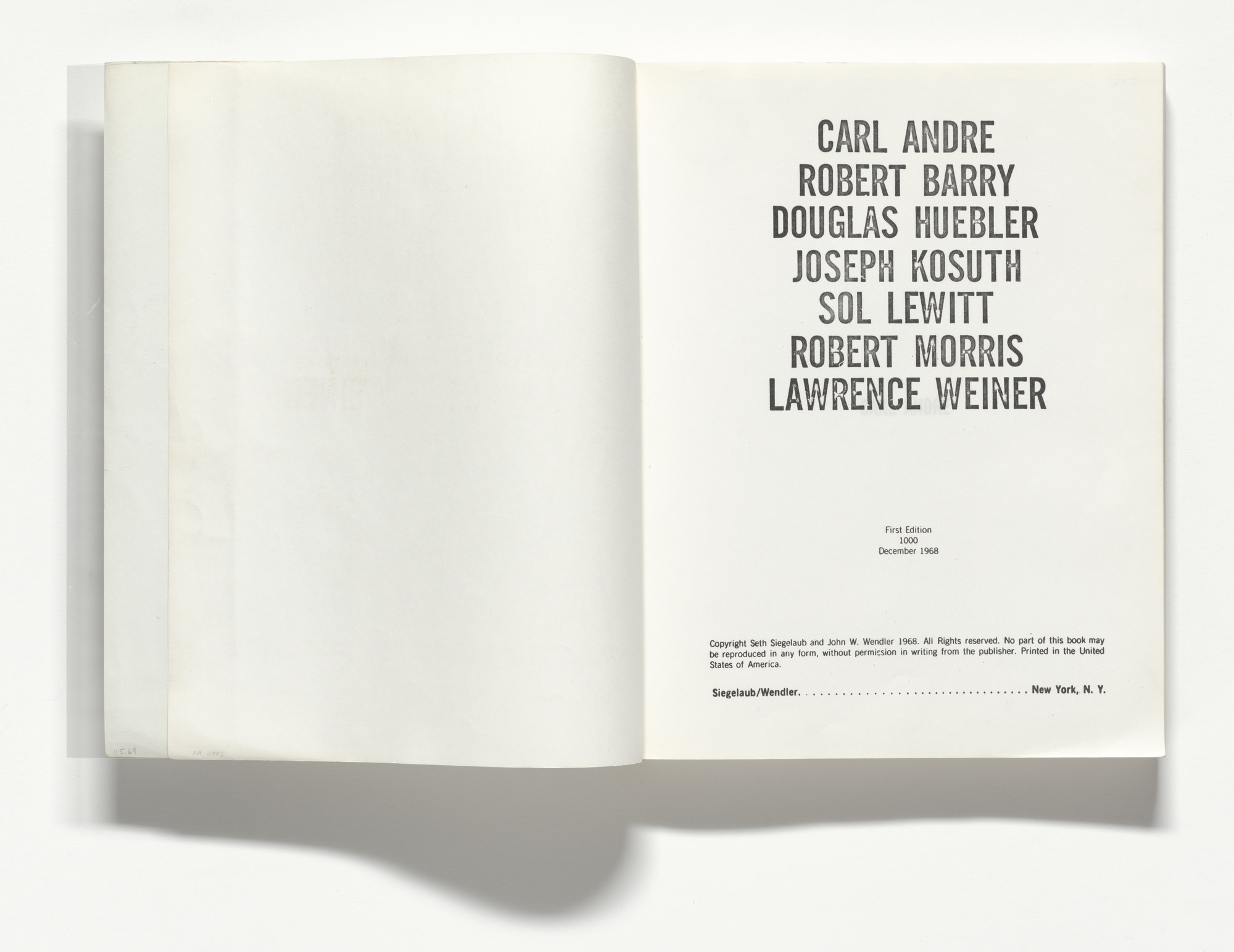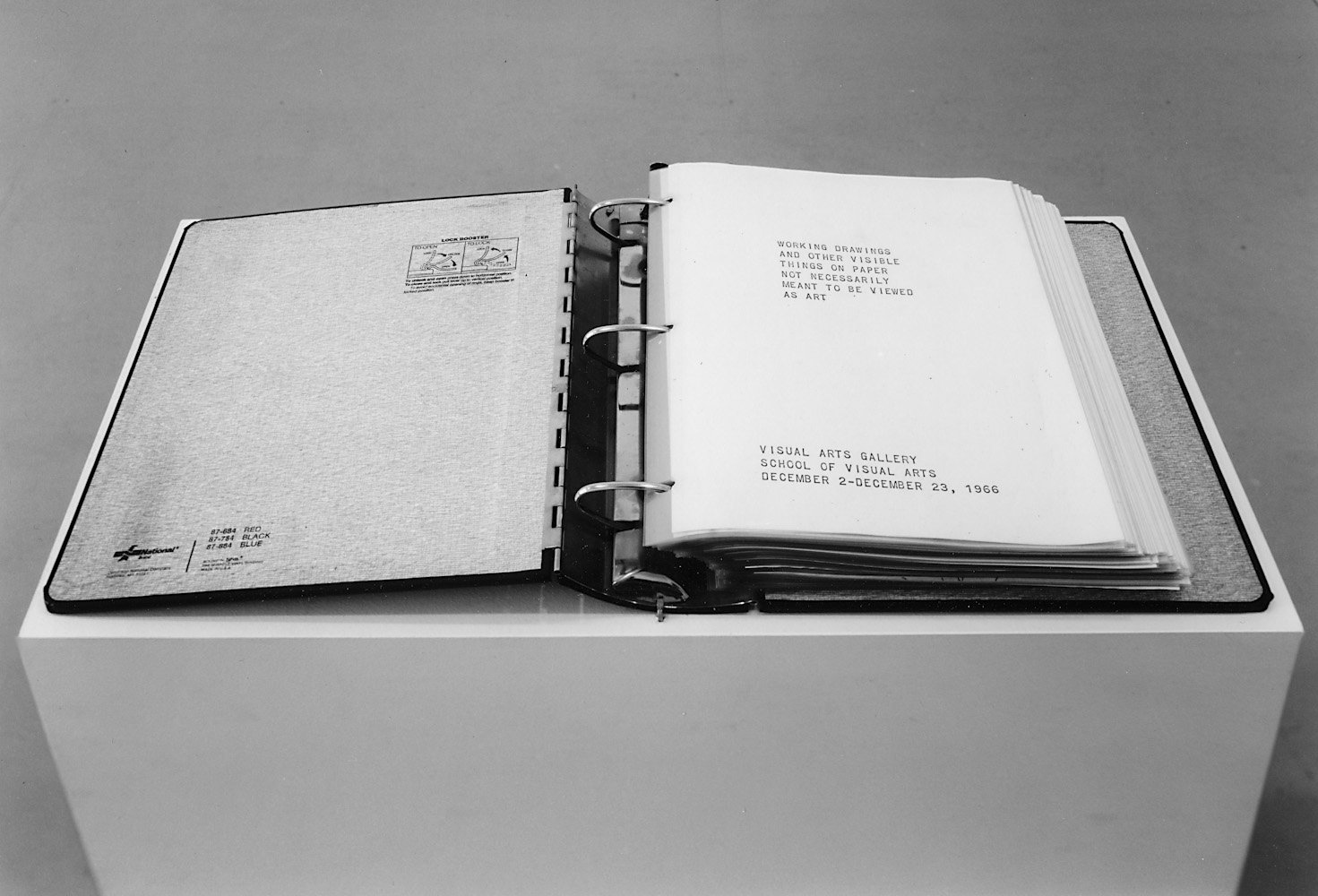Book, No. 5 Culture Chanel, 2013
The Amsterdam-based designer Irma Boom has made some innovative books, and a staggering 20 percent have found a home in a permanent collection at the Museum of Modern Arts. Such books are truly an experience — objects to be appreciated — even when they are technically vehicles for other artists. Indeed, Boom pushes the boundaries of bookmaking. In 2013, she completed a book commissioned by Chanel for its Chanel No. 5 perfume. [more]
The Amsterdam-based designer Irma Boom has made some innovative books, and a staggering 20 percent have found a home in a permanent collection at the Museum of Modern Arts. Such books are truly an experience — objects to be appreciated — even when they are technically vehicles for other artists. Indeed, Boom pushes the boundaries of bookmaking. In 2013, she completed a book commissioned by Chanel for its Chanel No. 5 perfume. [more]
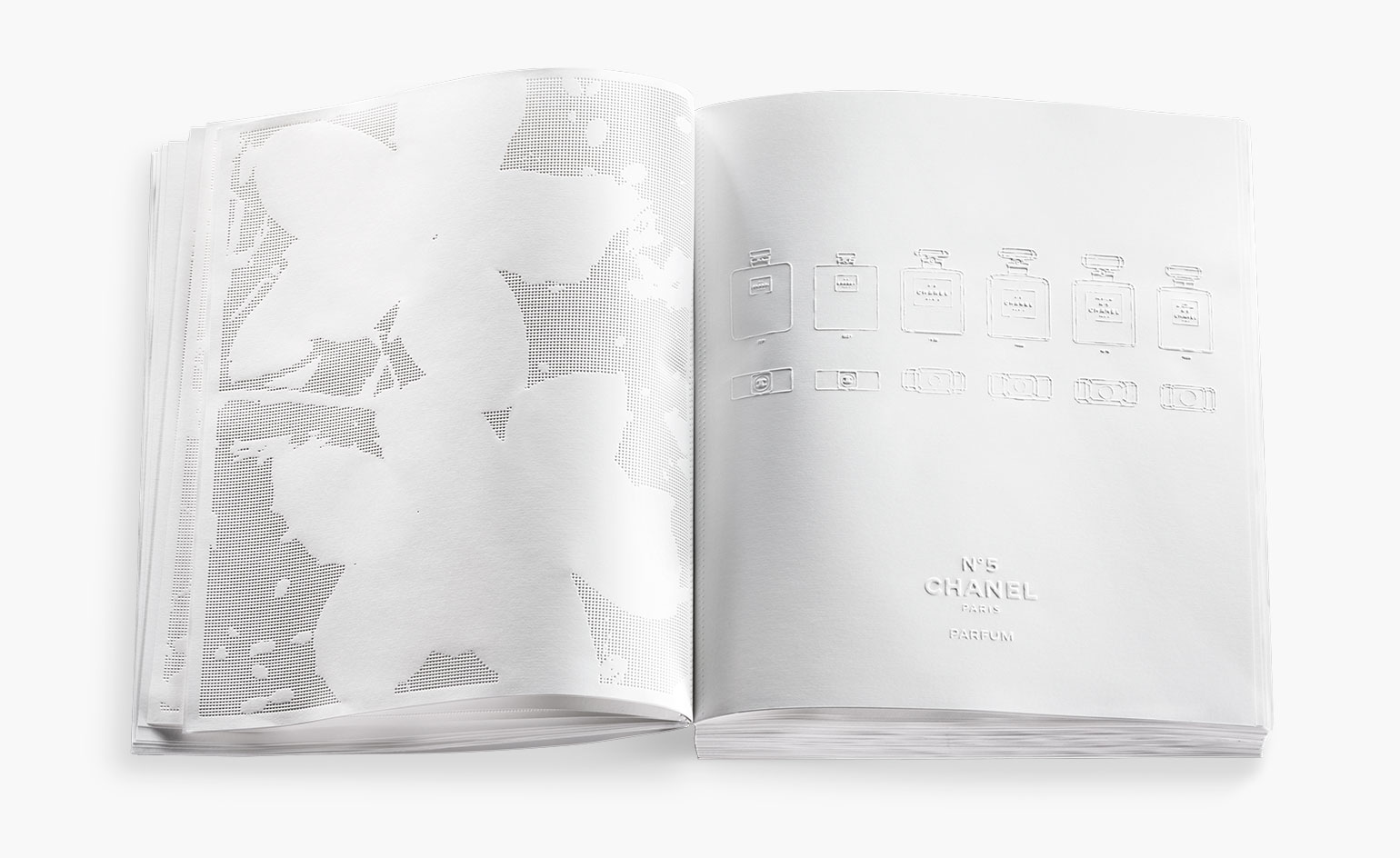



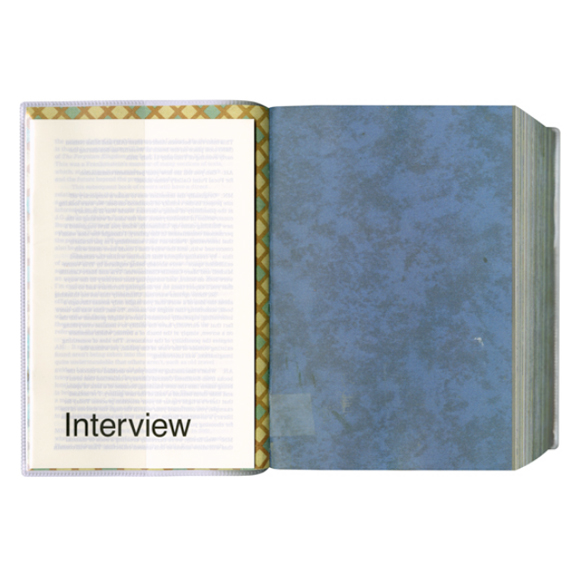


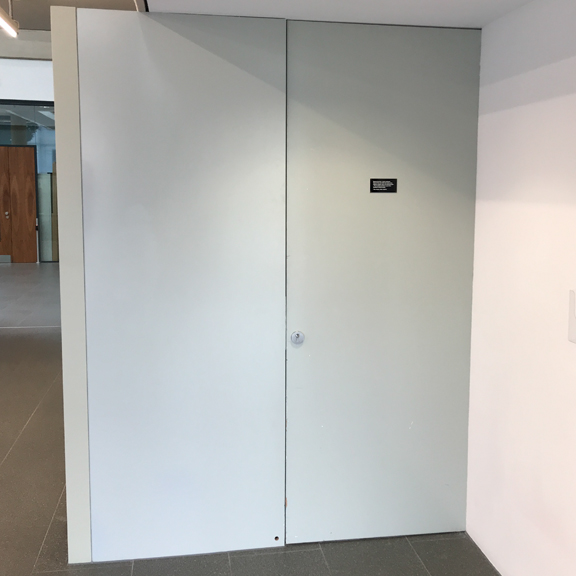
Mike Nelson,
An Invocation: Five Hundred and Thirty Books Southend Central Library, 2013
Mike Nelson’s An Invocation: Five Hundred and Thirty Books Southend Central Library (2013) is a permanent commission installed at the contemporary Focal Point Gallery (FPG) in Southend-on-Sea, England; it has reversed the usual spectacular tropes of public monuments.1 The artist inserted a carefully-selected series of publications into a cavity within the new gallery’s wall to create a work that references the ideological setting within which each building was created. [more]
Mike Nelson’s An Invocation: Five Hundred and Thirty Books Southend Central Library (2013) is a permanent commission installed at the contemporary Focal Point Gallery (FPG) in Southend-on-Sea, England; it has reversed the usual spectacular tropes of public monuments.1 The artist inserted a carefully-selected series of publications into a cavity within the new gallery’s wall to create a work that references the ideological setting within which each building was created. [more]
Seth Siegelaub, Carl Andre, Robert Barry, Douglas Huebler, Joseph Kosuth, Sol LeWitt, Robert Morris, Lawrence Weiner, AKA the Xerox Book, New York, 1968
A well-known example of a book as exhibition is the catalogue published in 1968 by Seth Siegelaub, which was the sole site for exhibitions of conceptual artists. No other exhibitions took place; thus, this was not a situation in which a book served as a catalogue. Instead, the book publication was the exhibition as it was record and site of the conceptual undertaking. The untitled work, commonly known as the [Xerox Book] (1968) ) included the works of seven artists: Carl Andre, Robert Barry, Douglas Huebler, Joseph Kosuth, Sol LeWitt, Robert Morris, and Lawrence Weiner. [more]
A well-known example of a book as exhibition is the catalogue published in 1968 by Seth Siegelaub, which was the sole site for exhibitions of conceptual artists. No other exhibitions took place; thus, this was not a situation in which a book served as a catalogue. Instead, the book publication was the exhibition as it was record and site of the conceptual undertaking. The untitled work, commonly known as the [Xerox Book] (1968) ) included the works of seven artists: Carl Andre, Robert Barry, Douglas Huebler, Joseph Kosuth, Sol LeWitt, Robert Morris, and Lawrence Weiner. [more]
Mel Bochner, Working Drawings and Other Visible Things on Paper Not Necessarily Meant to be Viewed as Art, School of the Visual Arts, 1966
In 1966, Mel Bochner, then-young instructor at the School of Visual Arts in New York was asked to organize a “Christmas show on drawings,” to run from December 2–23, 1966. Bochner asked artist he liked (such as Donald Judd, Carl Andre, Dan Flavin, Sol LeWitt, Eva Hesse, Dan Graham, Jo Baer, Robert Moskowitz, Robert Smithson, Al Jensen, to name a few) for drawings that weren’t necessarily “work[s] of art.”1 [more]
In 1966, Mel Bochner, then-young instructor at the School of Visual Arts in New York was asked to organize a “Christmas show on drawings,” to run from December 2–23, 1966. Bochner asked artist he liked (such as Donald Judd, Carl Andre, Dan Flavin, Sol LeWitt, Eva Hesse, Dan Graham, Jo Baer, Robert Moskowitz, Robert Smithson, Al Jensen, to name a few) for drawings that weren’t necessarily “work[s] of art.”1 [more]
